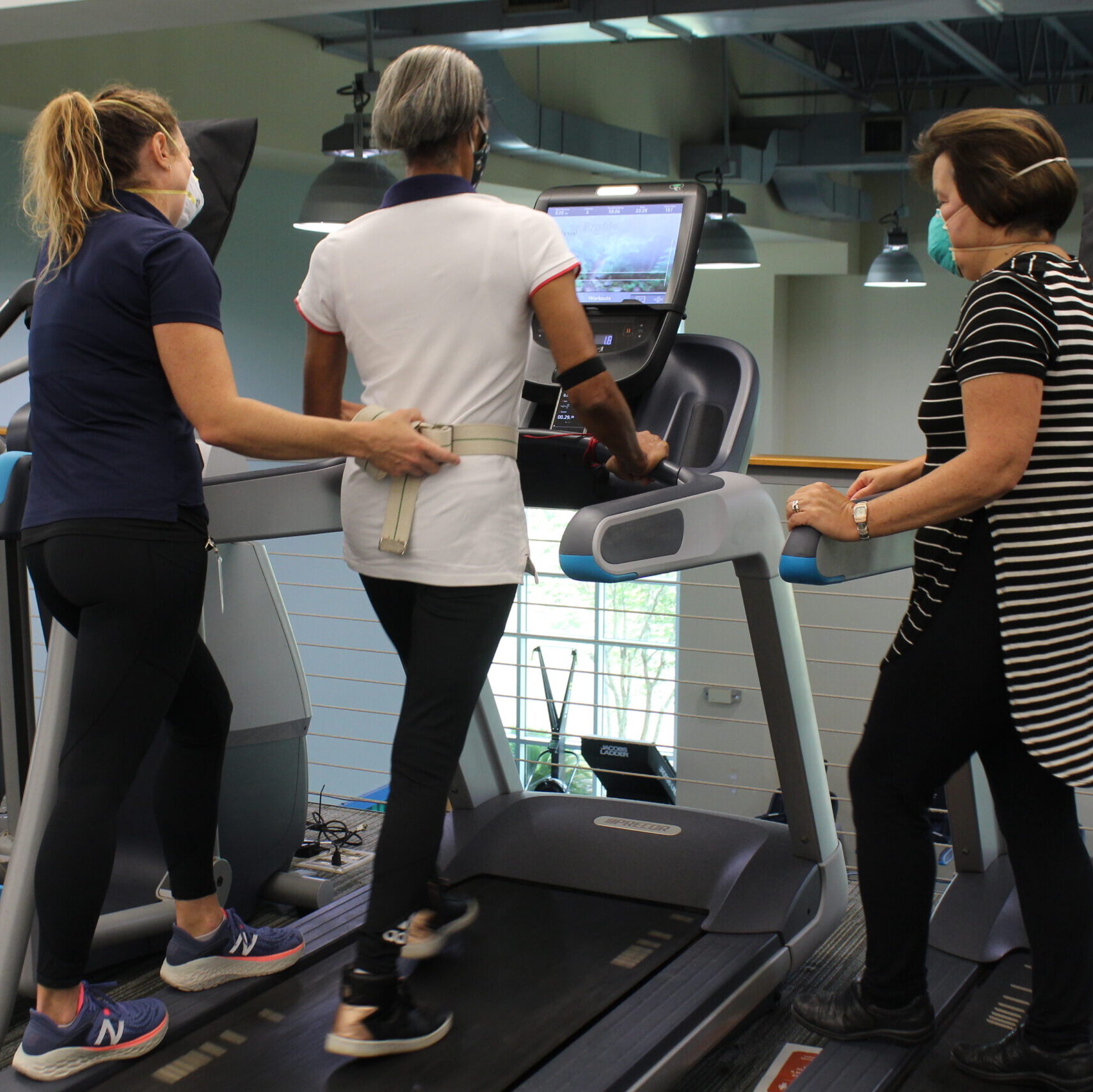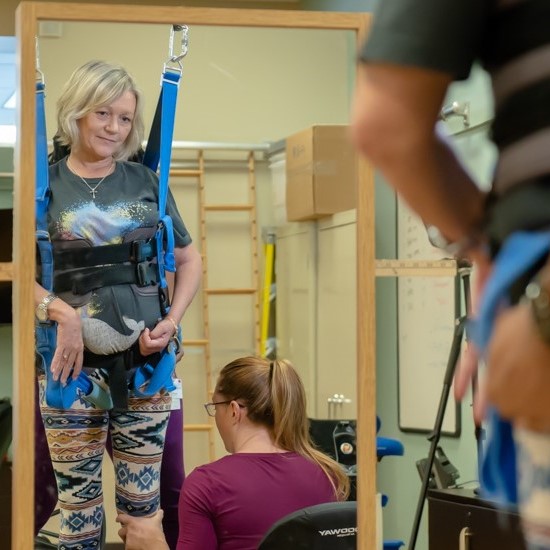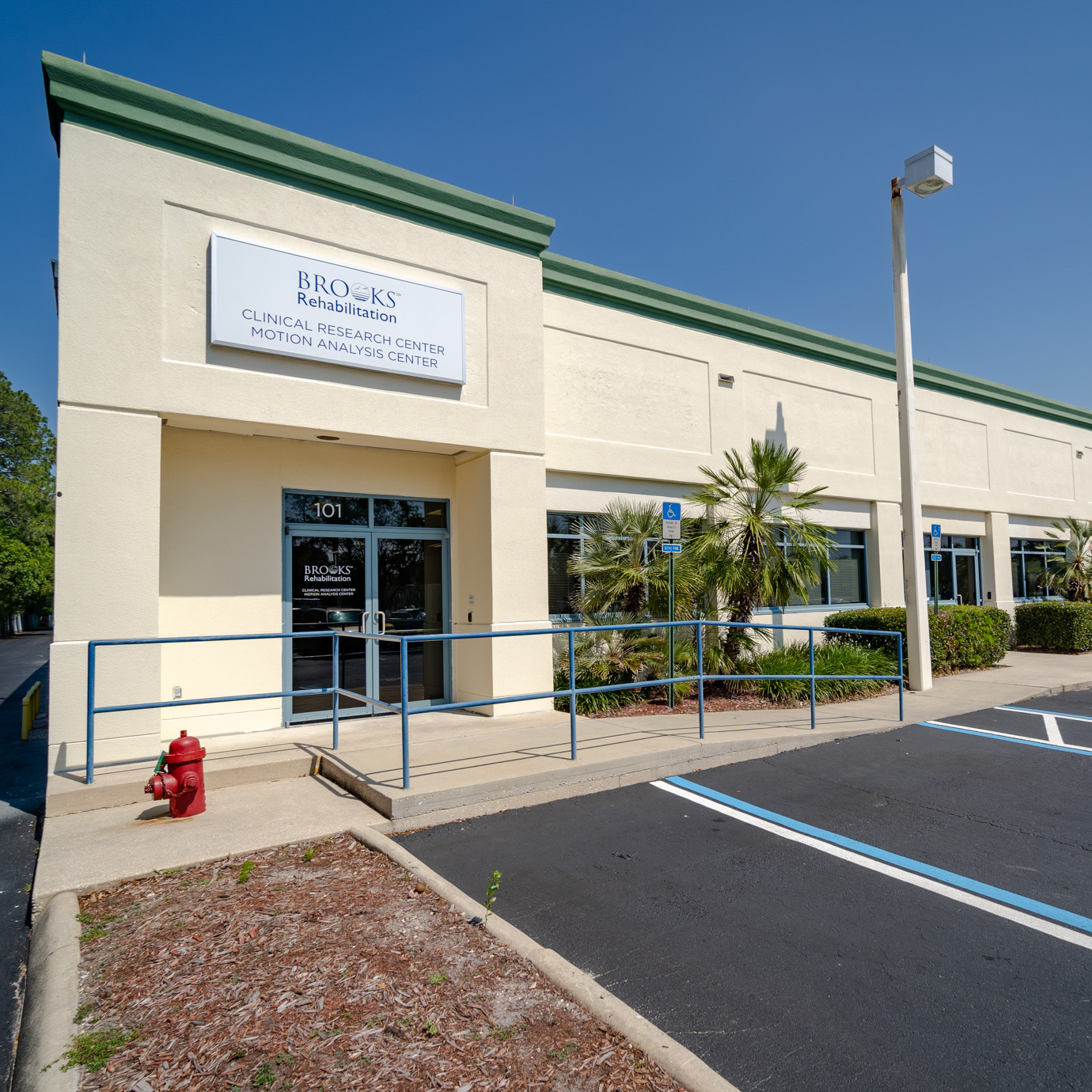
Research Opportunities
Stroke Studies
-
REPS Study (Respiratory Exercise Post-Stroke)

-
BRAVE Study (Brain Recovery after Variable Exercise)

-
SleepSMART Study

Spinal Cord Injury Studies
-
RoAR Study (Robotics Augmenting Recovery)

-
LT+TRT Study (Locomotor Training + Testosterone Replacement Therapy)

-
Amplify (Transcutaneous spinal direct current stimulation to enhance locomotor rehabilitation after SCI)

Orthopaedic Studies
-
We'll be back with more opportunities.
Additional Studies
-
We'll be back with more opportunities.





